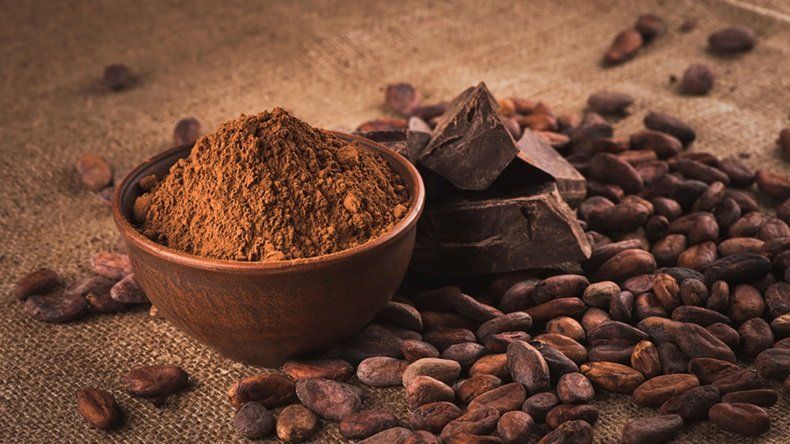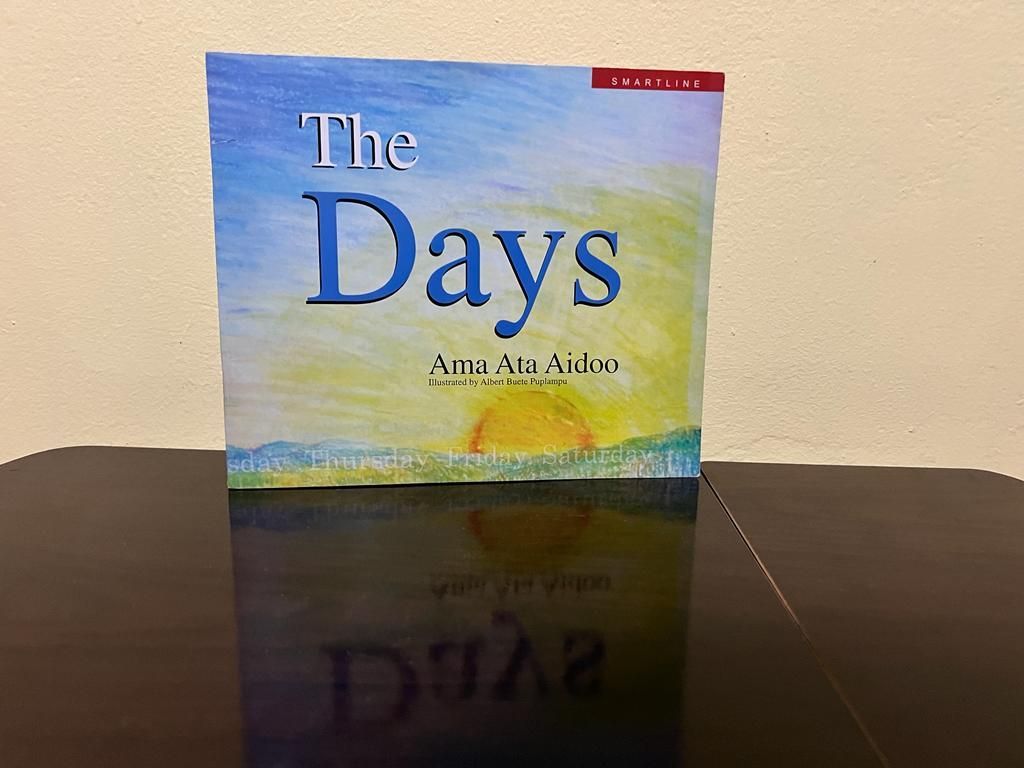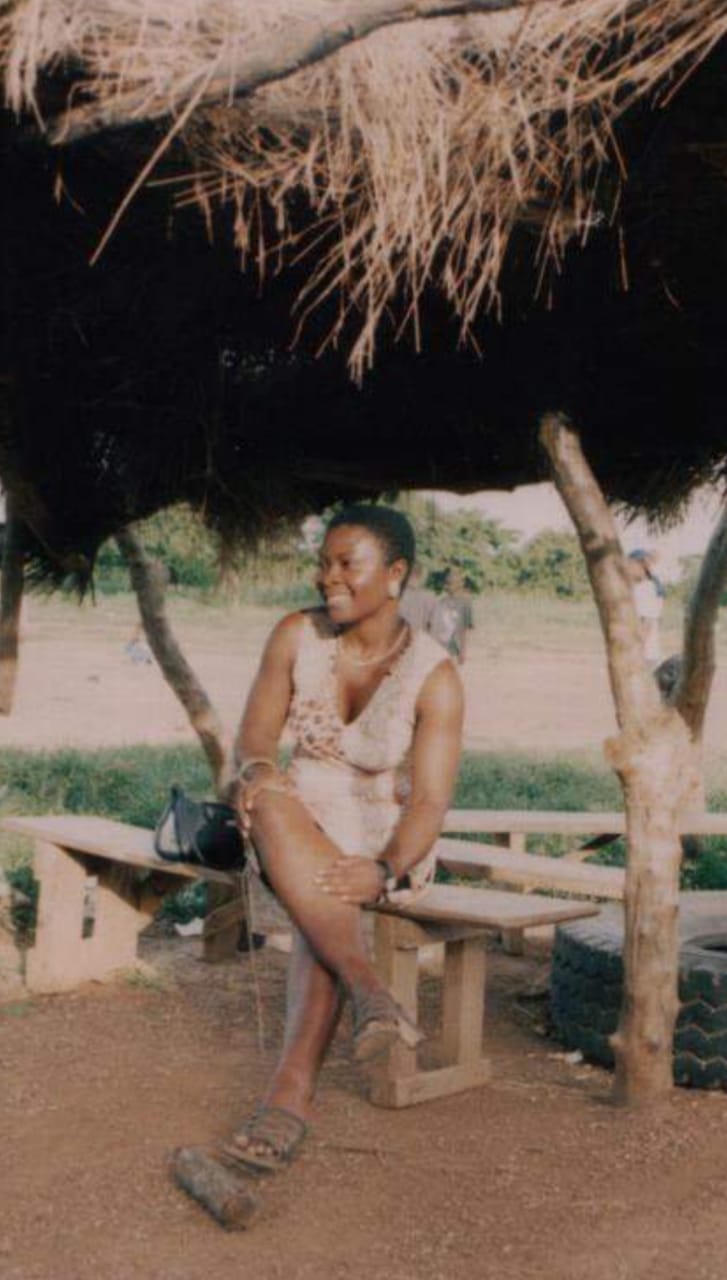Call me Esi Cocoa
Esi Arhin • October 3, 2021

I'm still breathless from the marathon of information upload of the recently ended African Cocoa and Chocolate Expo (ACCE) 21.
My takeaway from ACCE 21 is that the potential Africa holds in creating wealth from innovative use of cocoa far outweighs the largely existing chocolate industry worth over 150 billion dollars (US) and estimated to double over the next five years if my figures hold true.
That they are bits of cocoa that can be snacked on just as we do peanuts, that cocoa is a spice, that cocoa beans can be made into crunchy bars and on and on, has me asking why these aren't common everyday diet for every Ghanaian and African for that matter.
The vision is clear. We know what we know. What's left are enabling policies to support the drive of Cocoapreneurs who are striving in their struggles to make a place for themselves.
In between farming and export of cocoa beans sits a vast world brimming with wealth yet untapped.
Where are the advocates to champion the needed policies to achieve the objective of Africa beyond beans which ACCE 21 so appropriately themed? Stand up please.
ACCE 21 navigated us through discussions from youth involved in innovations in Cocoa and Chocolate industry that called tertiary institutions to encourage students' interest in the industry to curriculum development, mentoring, training, apprenticeships, greater access to advisory services, practical guidance and financial support among other topical issues obstructing the progress of the development of the industry.
Indeed, the spotlight was well placed on value addition beyond the production of chocolates. Mind you the quest for more chocolate made in Africa was not left out.
I got to meet some of the faces behind made in Ghana chocolate, most remarkable was Mr Edem Senanu of ChocoLuv fame. The exhibition of a wide range of products from cocoa had me asking, really? But really, I should not be surprised. Africa is more than capable.
ACCE 21 has not only exposed me to innovation and wealth creation potential in the cocoa industry but also opened doors for me to explore it and make a niche for myself. There's a place for everyone.
ACCE 21 is the beginning of a journey, not a destination.
Congratulations to the Ghana Export Promotion Authority (GEPA) and Know Your Cocoa Foundation (KYFC). I asked Dr Afua Asabea Asare, Chief Executive Officer of GEPA why they are doing such amazing things under cover and did she go for me! "Esi, you and your people aren't interested. We are shouting ourselves hoarse.", She charged.
Dr Asare personally took me on a tour and showed me more amazing stuff happening at GEPA. Please look them up. There's help and support available.
"Mediafuor", Stories from the Cocoa industry are begging to be told. Let's get doing wai. Yen sore, na y3 tumi s3 ye gya ma omanonifuor ka y3 sem ma y3n dudoo.
What a great opportunity for me to have been part of ACCE 21. Sorry you missed out. However, for those unable to attend or login into ACCE 21, all four days of the Expo are available on video on demand @ African Cocoa and Chocolate Expo (ACCE) Facebook page. Don't be left out.
I'm looking forward to next year's event. Meanwhile I shall be enjoying my Cobeanz variety spices. I will try the jollof one first.
Esi's Blog

Ama Ata Aidoo's The Days , a picture book for children is a delight to read. Illustrated by Albert Buete Puplumpu, the book offers relatable descriptions of days of the week and their unique characters in a fun way. The theme of differences and similarities resonates clearly. The author employs the use of rhythm, rhyme, repetition and imagery to deploy the story. In comparison to how days behave, it plays on the characteristics of animals and things to enforce its message while encouraging children in an unsuspecting way to apply their mathematical skills. The simplicity of style and subject makes it an easy read for young children. At the same time, it holds a certain appeal for adults because of the subliminal meaning portrayed for those who understand the battles fought in daily existence. This book explores the possibilities in each day, painting a picture of life and its unpredictability in general. It assures the young that differences are normal and in fact to be expected. For adult readers it reinforces our knowledge and understanding of daily life challenges, leaving a sense of balance. The performance potential it holds is most exciting. Each day's character stares the imagination and evokes an actor in the reader. The colourful illustrations depict familiar images in ethereal bliss, typically that of the old village wall. The front cover captures the theme beautifully. It shows the different characters of days by seamlessly fusing together colours symbolizing the differences in days. The illustrations are very effective in enhancing the story. Although "Each day has hours of ten, ten and four..." "All the days are not equal" indeed. Children are sure to be entertained and learn about diversity. I'm enamored! The Days is far more than a good read. Children, gather round!

Navrongo, the capital town of the Kassena-Nankani district lies south of Paga, the main border crossing between Ghana and Burkina Faso. It sits at the tropical Savannah belt, Upper East of Ghana. I first made my way there sometime in September 2002 through a friend who couldn’t believe I had lived all 27 years of my life in southern Ghana, never having traveled up north. He insisted I needed the exposure and so he dragged me with him. He said I had not lived If I had not seen the sun rise on the Tono dam. So, one fine morning at 5:00 am, I jumped into his pick-up truck, and we headed up north where he had made a home away from fanteland. It was the longest road trip I had ever embarked on at the time, 15 hours on the road to be precise. Takeaway the breaks we took at Kumasi, Kintapo and Tamale. I barely noticed the hours pass as we chatted all the way with the company of Fela Kuti and Bob Marley playing in the background on repeat. To this day, the ride to Navrongo remains one of the fondest memories I have of traveling Ghana for work or leisure. This part of the country is home to two ethnic groups, the Kassims and the Nakanas. Historically, it is said that these two ethnic groups have had relative independence because the Ashantis didn't invade them. However certain treaties established by the British in 1898 an Anglo-French convention came up with an agreement to divide the lands. The Kassims and Nankanas were subsequently separated from their relatives who today live across the border, Burkina Faso. Older indigens of Navrongo know it as Navoro, which means (to put your foot down on soft ground). Today, the town is indeed soft ground to live and explore what new opportunities it has to offer, including access to tertiary education locally. The siting of Tedam University of Technology and Applied Sciences campus to the township has brought much warmth to the once laid back and very quiet town. Yet, it still remains relatively calm in comparison to Bolgatanga which is 30 kilometers away by road, about 40 minutes’ drive. It is an important market town in the area. The people are mainly subsistence farmers and rearers of cattle and goat. Navrongo is known for its famous mud-built cathedral and grotto, Our Lady of Seven Sorrows. Although it doesn't haven many formally designated places of tourist attraction, it is by its character a great attraction. The warmth of the people, the native architecture, fabrics, the market, the guinea fowl joints, the easy connection between humans and cattle in full glare, make up a total unique culture for experiencing. Marked places of interests in addition to the mud-built cathedral are the Tono dam, which is one of the largest agricultural dams in West Africa, also the first ever solar plantation and the health research centre. It is awesome to watch the sun rise ever so gracefully on the Tono dam.The rising of the sun is said to symbolise the journey of the sun in the sky. At about 5:00 am one morning my host and I set off on a drive to see the famous sunrise on Tono dam. The joy of watching the sunrise on the dam is next to none, with nature at its best early morning. The sun’s golden rays added a burnt orange colour to the smoky clouds. A small ball of light emerged from the sky at first. It then slowly starts to get bigger and illuminate. As if on cue birds began to chirp in glorification of the glow of the orange goddess. Its beauty is beyond description, I cannot do it justice. Suddenly, out of the blue it bursts out into a gleaming ball expanding at a moment's look. The first rays are gentle and soft on the eyes. It is a rare joy, eternally etched in memory. I have seen many a sunrise over the years but this one was magnificent, just as my host promised. It was worth every bit of the journey. One thing I found most fascinating is the hand production of ethnic fabrics by the women of Navorongo. They grow and eat their own food. They make their own beer(pito), their own beauty products from largely local materials. They build their homes with their bare hands also with local materials. They made ordinary what appeared phenomenal to me. There are some fairly decent guest houses and lodges to stay in, especially for low budget travelers. Moving around is not difficult, there are taxies and motor cars available for hire as well as collective rides. For a fun night, there are lots of drinking spots and bars to hang out and dig into some well spiced charcoal grilled guinea fowl or beef kebabs. You may sample grilled guinea fowl in as many grilling spots as you like. That is a sport in itself. I've had several opportunities to return to Navrongo after my first visit. With each visit the land and it’s people grow on me. Memories of Navrongo call. Nearly two decades after my first trip there, my heart still misses a beat at the mention of her name. Could it also be that the face of that handsome Kassim man still smiles on me?
